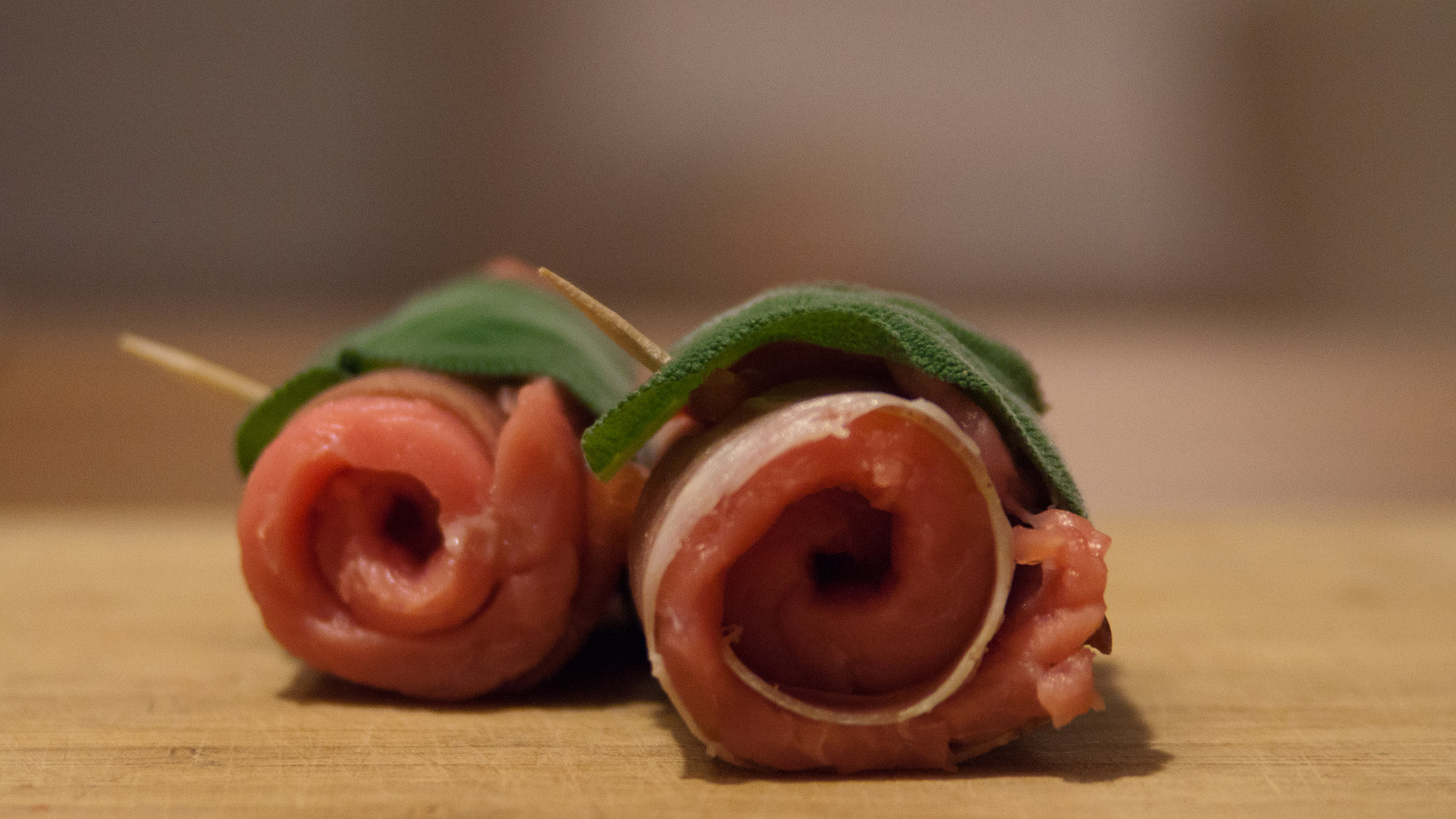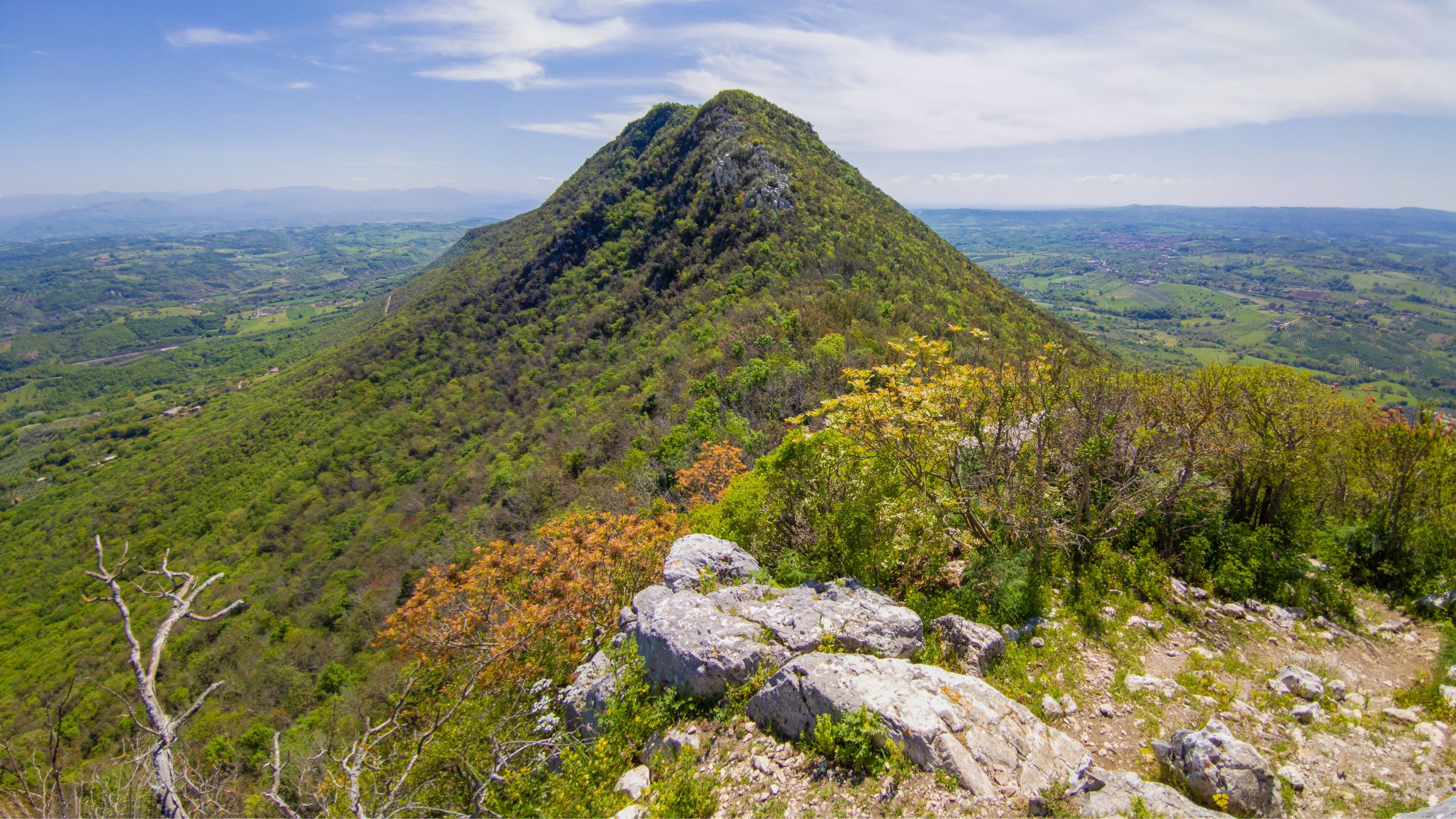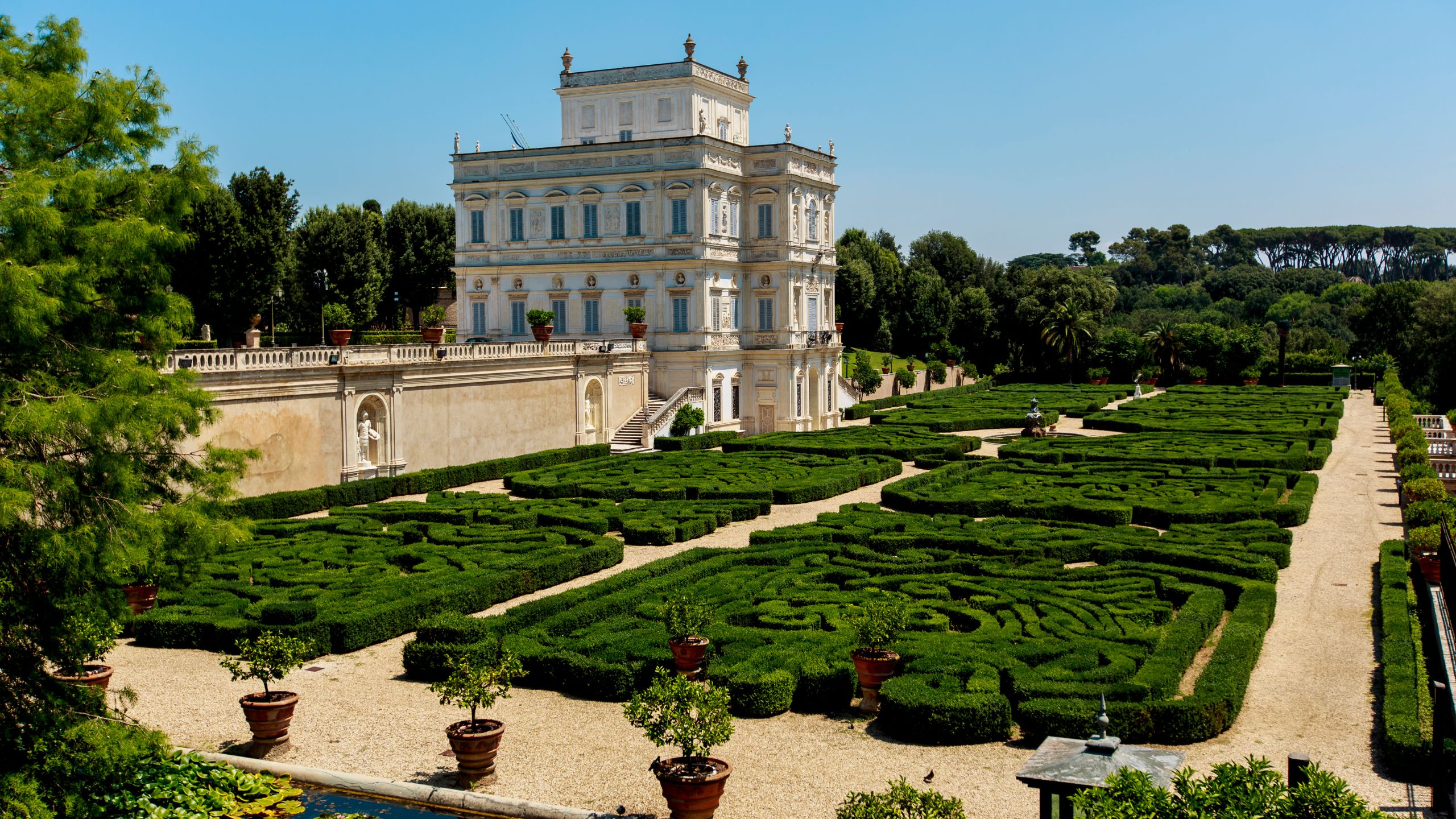Eating in Rome: Trends, reinterpretations and new approaches of the typical Roman cuisine
Roman food is beloved throughout Italy, and often even abroad: maybe not well-known as its Neapolitan cousin, but it is however appreciated. The Roman dishes are famous, at least in Italy: everybody have tasted the juicy "Saltimbocca alla romana", the "Pasta carbonara" made "come se deve", as the Romans say - "as it should be" - a plate of "Spaghetti cacio e pepe" or some wonderful "Bucatini all'amatriciana".
Also for their popularity, the recipes of this area have been renewed and modified, especially using ingredients available in their original place of production. And so the "Amatriciana" with bacon instead of cheek lard was born, as well as the vegetarian "Carbonara" or the "Saltimbocca alla romana" with cheese. Experimenting is always amusing, and if the result is good is even better, so here you are 5 modified recipes, directly coming from the most typical Roman tradition.
Saltimbocca alla romana: with cheese!
Let's start from a recipe we mentioned above: the very classic and common "Saltimbocca alla romana", but in an alternative version. You just have to buy a pack of thin slices of beef, lay them on a plate and cover them with a piece of cheese, a slice of Parma ham and sage leaves, fixing them with a toothpick making a roll.
Then you will only need to put them in a pan containing already hot oil, to brown the them, adding a little bit of salt and pepper and blending them with a little bit of white wine: now, you can serve them.
Spaghetti alla carbonara with truffle
Here you are an interesting variation, richer and more peculiar than the classic and delicious "Pasta alla carbonara". As in its typical version, you will need four egg yolks, two whole eggs, two tablespoons of Parmigiano cheese and one of Pecorino cheese, and pasta of course - the amount can be decided according to taste, but the recipe is designed for 400 grams of spaghetti -, three thick slices of cheek lard, a lemon, a little bit of truffle and some pepper. Melt the eggs, the Pecorino and Parmigiano cheese, the pepper, the grated black truffle, and lemon and finally 1/4 lemon juice in a large bowl.
Waterbath the mixture and mount it until smooth and blended; at this point, place the dough in a warm place (approximately 50° if possible). Meanwhile, heat a pan, add the cheek lard and let it brown, removing the melted fat in excess - to be preserved elsewhere. Once the bacon is enough crispy, remove it from the heat, drain the pasta you have previously cooked, and cream it with a bit of cooking water, to have a light cream. Finally, add the cheek lard and the egg, stir and serve. To make the dish more sophisticated, add a sprinkling of Parmigiano cheese, pepper and black truffle, before serving.
The Amatriciana for those suffering intolerances
Unfortunately, nowadays intolerances are a big obstacle to those who want to taste the "classic" Italian foods, because they contain many allergens. This recipe, then, is dedicated to those who have some intolerances, but they don't want to renounce to the pleasure of a good "Pasta all'amatriciana", even if an "alternative" one.
In this case, 100g of Pasini cheek lard will be used, perfect also for celiac people, thanks to the commitment of this brand in proposing products designed not to create allergic reactions. In addition to the cheek lard, they will serve 320 g of gluten-free pasta - a possible choice can be La Molisana, a famous Italian brand - and 8 ripe tomatoes, about 70 g of grated Pecorino cheese well seasoned, a pinch of salt and finally some olive oil. To start, cut the cheek lard into small cubes, and - if you want to add a piquant fragrance to the recipe - chop a chilli pepper.
Pour a little bit of oil in a pan, heat it and add both the ingredients just cut; then, when the cheek lard is golden, remove it and keep it warm. At this point, as you will have removed the seeds and the skin of the tomatoes, cut them into stripes, put them in the pan and cook them for 5 minutes. Meanwhile, cook the spaghetti in a pot, drain them, then add the cheek lard and add the tomato sauce. Finally, garnish with an ample dose of grated Pecorino cheese, mix and serve the dish when still warm.
Saltimbocca turkey and lemon
The "Saltimbocca" probably is one of the most versatile, interesting and enjoying dishes to make. The variation we are proposing you is stronger than the last one, and it is a version very different from the typical recipe: we will cook turkey, speck, lemon end stage to make a very peculiar contrast.
As you did before, place the slices of turkey on a plate, put some slices of speck and a sage leaf on each one. After having blocked the rolls by a stick, cook them in a pan with a few oil. Finally, pour a generous amount of lemon juice, and, having added some salt and pepper, you can serve the eccentric Saltimbocca you have obtained.
Spaghetti with cheese and pepper, but with sausages
How could we avoid to dedicate a part of this article to the most famous type of pasta in the world? “Spaghetti cacio e pepe” probably have only “Carbonara” as a competitor. The recipe is very simple: while cooking 400 grams of spaghetti in a saucepan, melt 160 grams of grated Pecorino cheese and a glass of water. Peel and shell 200 grams of sausages, then brown it until it becomes crispy; drain the spaghetti "al dente" - so it means not completely cooked - and put them in a pan with a lot of pepper and a little bit of the water you used to cook them. Take the pan away from the stove, add the Pecorino cream, add the sausage and, if necessary, some pepper. Finally garnish with flakes of Pecorino cheese directly on each portion for a more delicious effect.
Do you want to stay in Rome?
For this location we recommend Hotel Oxford, the ideal starting point to discover Rome!



